|
Voiced by Amazon Polly |
Overview
Microsoft Research’s 2024 Graph RAG builds knowledge graphs over thousands of documents, boosting retrieval accuracy 3–4× (often from 0% to over 90%) and fundamentally transforming how AI connects and reasons information.
Pioneers in Cloud Consulting & Migration Services
- Reduced infrastructural costs
- Accelerated application deployment
The Problem
Traditional RAG splits documents into vectorized chunks for similarity-based retrieval, fine for simple lookups (“What’s our return policy?”), but it:
- Can’t link scattered mentions across files (Dot-Connection Problem)
- Can’t synthesize themes across a full dataset (Global Reasoning Gap)
- Often loses crucial context when reassembling answers (Context Fragmentation)
Graph RAG
Graph RAG uses AI to read your documents and extract them:
- Entities (people, places, companies, concepts)
- Relationships (who knows whom, what causes what)
- Claims (facts and their sources)
- Communities (clusters of related entities and ideas)
It builds a mind map of your entire knowledge base, where every piece of information knows its neighbors and its role in the bigger picture.
The Two-Stage Power System
Graph RAG operates with a sophisticated two-stage approach:
Stage 1: Knowledge Graph Construction Large Language Models analyze your text, extracting entities and relationships to build interconnected knowledge graphs. It’s like having an incredibly smart analyst read everything and create detailed relationship maps.
Stage 2: Community Detection Advanced algorithms identify clusters of related information, creating hierarchical summaries that work at different scales, from specific questions about individual entities to broad questions about entire datasets.
This enables two types of searches that traditional RAG simply can’t handle:
- Local Search: Navigate through relationship networks to find connected information and build contextually rich answers
- Global Search: Use pre-computed community summaries to answer questions about entire datasets using a sophisticated map-reduce strategy
Microsoft's Implementation
Microsoft’s GraphRAG has become the reference implementation, and for good reason. With over 20,000 GitHub stars since its 2024 release, it’s proven its worth in enterprise environments like LinkedIn, Salesforce, and Vanguard.
The efficiency improvements are remarkable:
- 80% reduction in storage requirements
- 43% reduction in total disk space
- Startup times improved from 148 seconds to just 2 seconds
- 20-70% token reduction for most queries
- Global queries cost only 2-3% of traditional hierarchical summarization
But Microsoft didn’t stop there. Recent innovations include:
- LazyGraphRAG: Achieves GraphRAG-quality results at traditional RAG costs
- DRIFT Search: Combines global and local search for optimal performance
Real-World Results That Matter
Graph RAG delivers real-world impact across industries:
- LinkedIn: 28.6% faster customer issue resolution
- Healthcare: 40% faster diagnostics, 15% more accurate
- Finance (Data world):
- Analytics accuracy: 25.5% → 71%
- Operational analytics: 37.4% → 66.9%
- KPIs: 0% → significant accuracy (traditional RAG failed)
- Legal: Resolution times cut from 40 to 15 hours, 25% lower handling time, 15% more first-contact resolutions
The Innovation Explosion
The success of Microsoft’s GraphRAG has sparked an innovation boom across the research community:
- HybridRAG (BlackRock & NVIDIA): Combines vector and graph approaches, achieving 96% faithfulness in financial document analysis
- LightRAG (HKU): Claims 40% better accuracy while operating more efficiently than traditional GraphRAG
- Fast GraphRAG (CircleMind): Achieves 27x faster performance through PageRank-based exploration
- Multi-modal Integration: Researchers are extending Graph RAG beyond text to include visual, audio, and structured data within unified graph representations.
Where Graph RAG Shines Brightest
Graph RAG isn’t just better across the board, and it’s transformational in specific scenarios:
Perfect Use Cases:
- Complex relationship analysis: Tracing connections across large document sets
- Multi-hop reasoning: Questions requiring multiple logical steps
- Dataset-wide analysis: Understanding themes across entire knowledge bases
- Schema-intensive scenarios: Working with structured or semi-structured data
- Explainable AI requirements: Situations where you need to show your reasoning
Industry Applications:
- Financial Services: Risk assessment, fraud detection, regulatory compliance
- Healthcare: Precision medicine, diagnostic support, research synthesis
- Legal: Contract analysis, precedent mapping, compliance tracking
- Enterprise Knowledge Management: Customer support, internal research, decision support
Getting Started
Here’s what you need to know:
Technical Requirements:
- Minimum: 16GB RAM, 8+ CPU cores for moderate workloads
- Production: 64GB+ RAM, high-performance storage, potential GPU acceleration
- Graph Database: Neo4j, Memgraph, or similar for storing knowledge graphs
Implementation Phases:
- Environment Setup: Configure your graph database and processing pipeline
- Data Preparation: Clean and chunk your documents appropriately
- Graph Construction: Use LLMs to extract entities and relationships
- Optimization: Fine-tune prompts and test performance
Cost Considerations:
- Initial Setup: $1,000-$10,000
- Ongoing API Costs: $0.10-$1.00 per document
- Infrastructure: $100-$1,000+ monthly
- Maintenance: 10-20% of development cost annually
Framework Options:
- Microsoft GraphRAG: Comprehensive but complex
- LightRAG: Budget-friendly alternative
- LangChain/LlamaIndex: Flexible, customizable solutions
- Fast GraphRAG: High-performance production focus
The Challenges (And How to Overcome Them)
Let’s be honest about the hurdles:
- High Upfront Costs: Graph construction requires significant LLM usage initially, but the long-term benefits typically justify the investment.
- Complexity: Graph RAG systems are more sophisticated than traditional RAG, requiring additional expertise and planning.
- Maintenance: Knowledge graphs need regular updates and schema evolution, though emerging research addresses this with incremental update algorithms.
- Quality Dependencies: Performance correlates strongly with entity extraction accuracy, making domain-specific prompt tuning essential.
- Integration Complexity: Existing systems may require significant modifications, necessitating careful migration planning.
The Future Is Graph-Shaped
The Graph RAG ecosystem is evolving rapidly toward greater accessibility and capability:
- Cost Reduction: Algorithmic improvements are making Graph RAG viable for smaller applications
- Standardization: Common benchmarks and evaluation frameworks are emerging
- Real-time Updates: Research is addressing static summarization limitations
- Federated GraphRAG: Privacy-preserving applications across distributed data sources
- Edge Computing Integration: Bringing Graph RAG capabilities closer to users and data
Should You Make the Jump?
The decision to implement Graph RAG comes down to your specific needs:
Go with Graph RAG if you need:
- Complex relationship understanding
- Multi-hop reasoning capabilities
- Dataset-wide analysis and summarization
- Explainable AI results
- High accuracy on schema-intensive queries
Stick with traditional RAG if you have:
- Simple retrieval needs
- Limited technical resources
- Straightforward question-answering requirements
- Budget constraints for initial implementation
Conclusion
Drop a query if you have any questions regarding Graph RAG and we will get back to you quickly.
Making IT Networks Enterprise-ready – Cloud Management Services
- Accelerated cloud migration
- End-to-end view of the cloud environment
About CloudThat
CloudThat is an award-winning company and the first in India to offer cloud training and consulting services worldwide. As a Microsoft Solutions Partner, AWS Advanced Tier Training Partner, and Google Cloud Platform Partner, CloudThat has empowered over 850,000 professionals through 600+ cloud certifications winning global recognition for its training excellence including 20 MCT Trainers in Microsoft’s Global Top 100 and an impressive 12 awards in the last 8 years. CloudThat specializes in Cloud Migration, Data Platforms, DevOps, IoT, and cutting-edge technologies like Gen AI & AI/ML. It has delivered over 500 consulting projects for 250+ organizations in 30+ countries as it continues to empower professionals and enterprises to thrive in the digital-first world.
FAQs
1. What is Graph RAG?
ANS: – A retrieval-augmented generation method that builds a knowledge graph from your documents to enable multi-hop, context-rich answers.
2. How does it differ from traditional RAG?
ANS: –
- Traditional RAG retrieves isolated text chunks.
- Graph RAG links entities and relationships, preserving context across documents.

WRITTEN BY Abhishek Mishra
Abhishek Mishra works as an Associate Architect at CloudThat. He is a 4X AWS-certified professional, focusing on NLP and data science. Abhishek is pursuing a Master’s in Artificial Intelligence at IU International University of Applied Sciences. At AutomationEdge, he has worked on NLP models using BERT, GPT, and Rasa, and has contributed to computer vision projects with YOLO and TensorFlow. He is skilled in Python, Django, Streamlit, and PostgreSQL, and he builds data pipelines and tools.


 Login
Login


 June 23, 2025
June 23, 2025 PREV
PREV
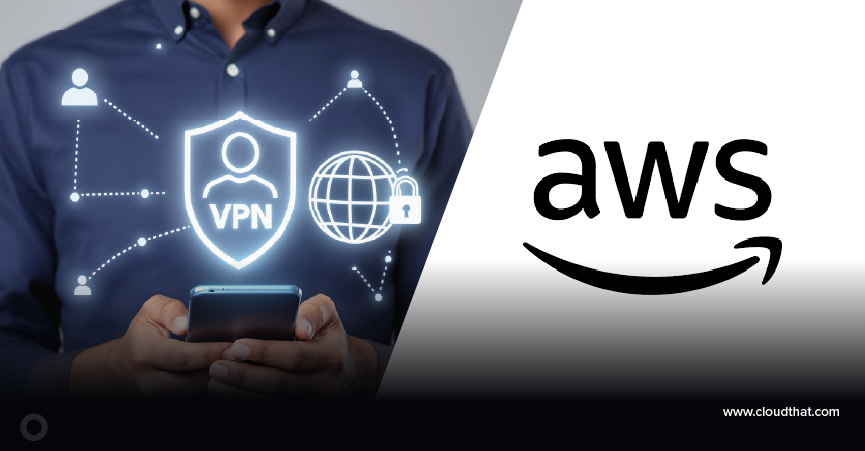


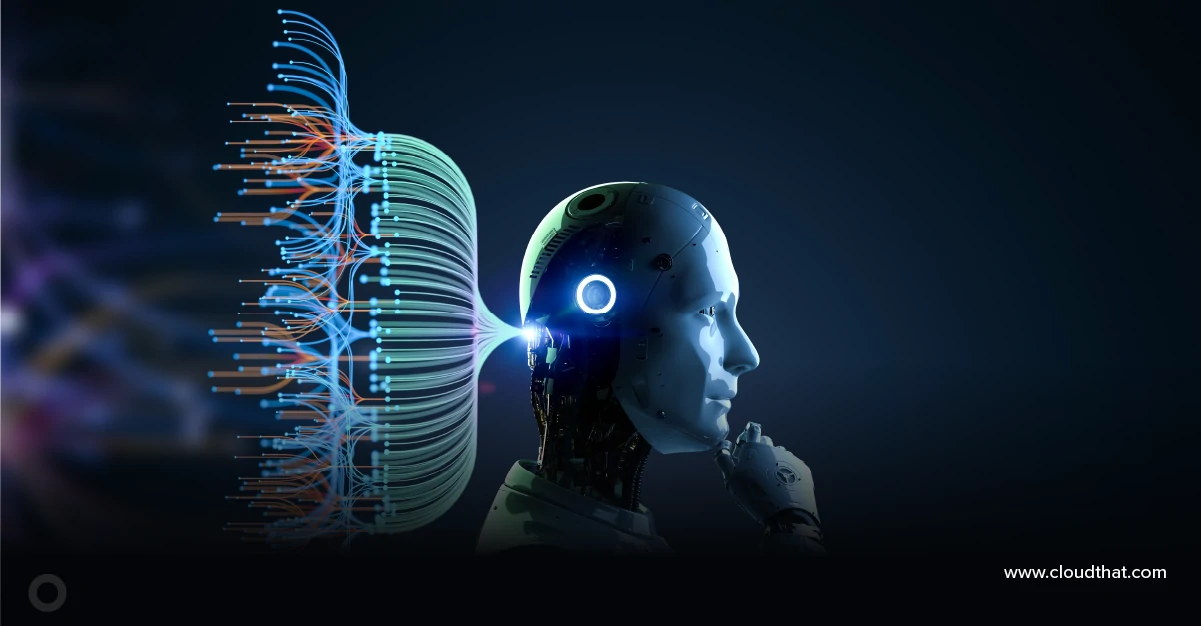
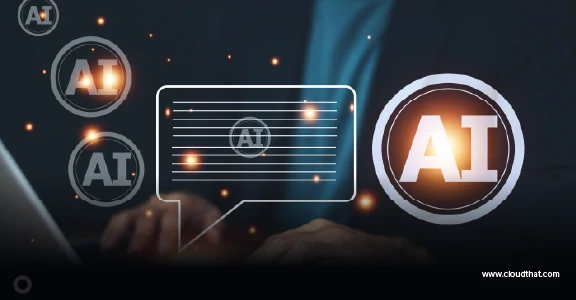
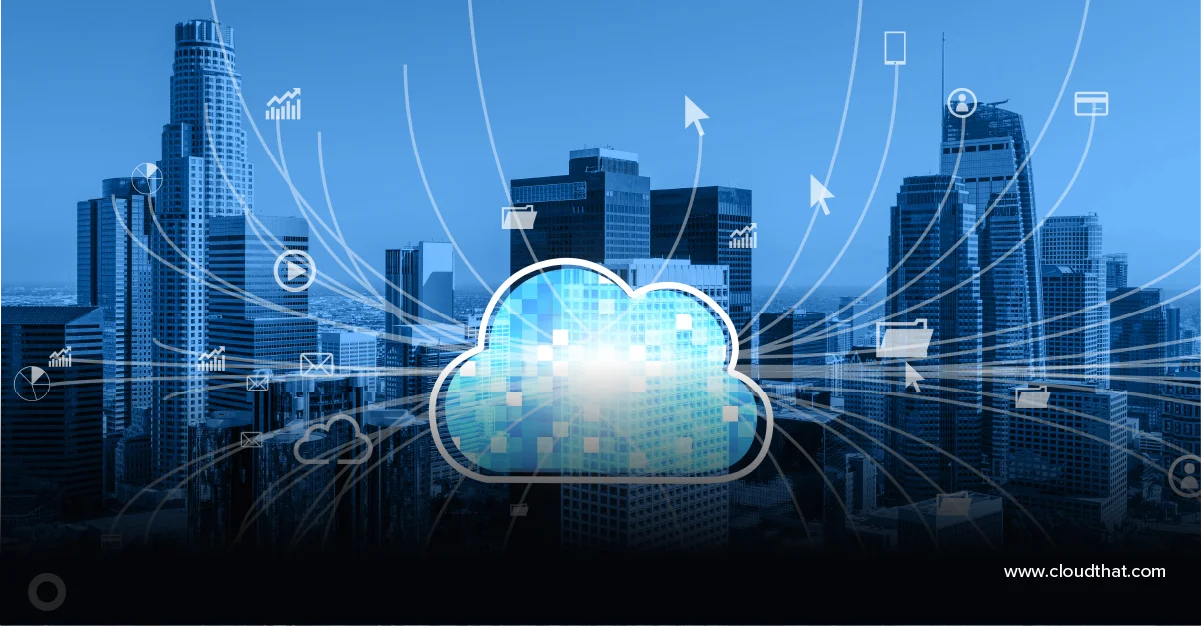

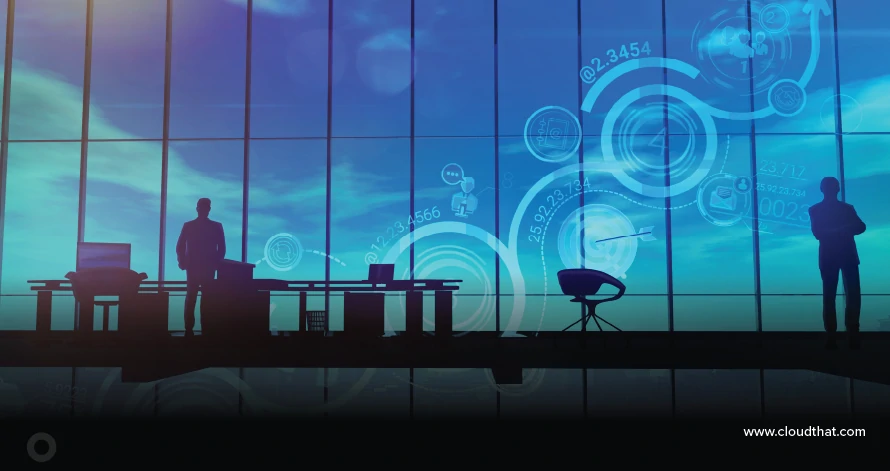

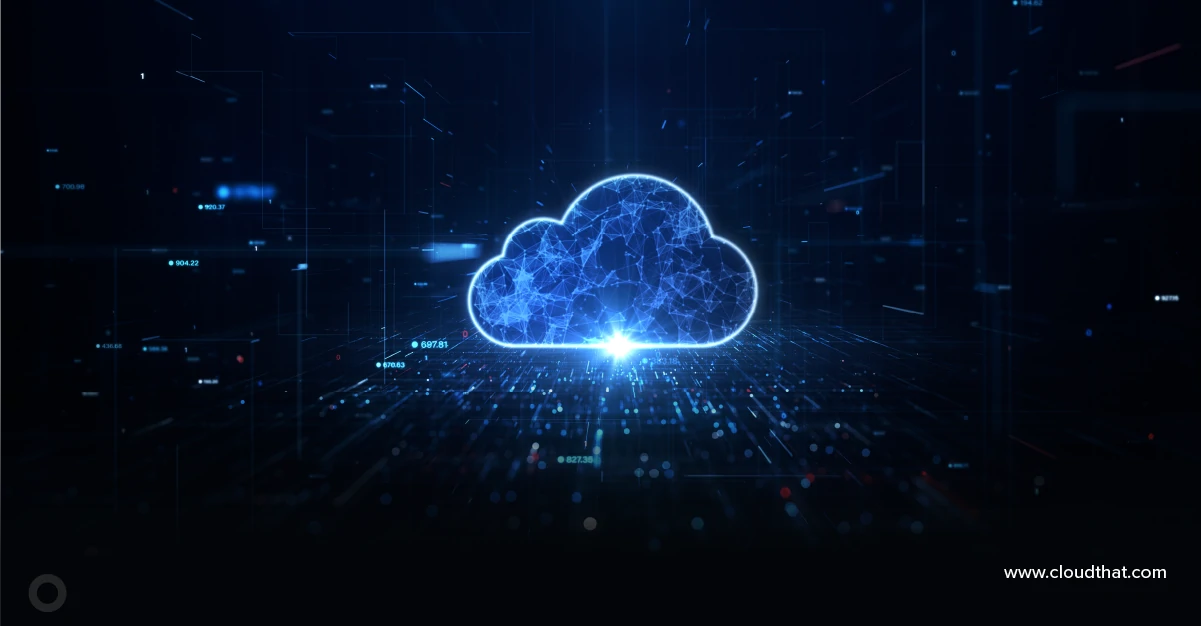
Comments